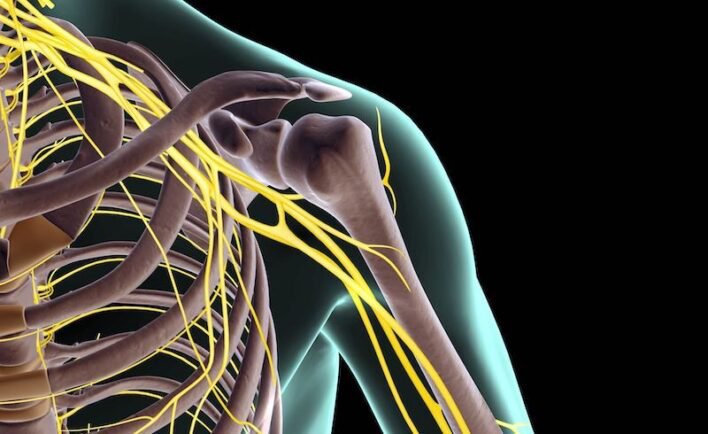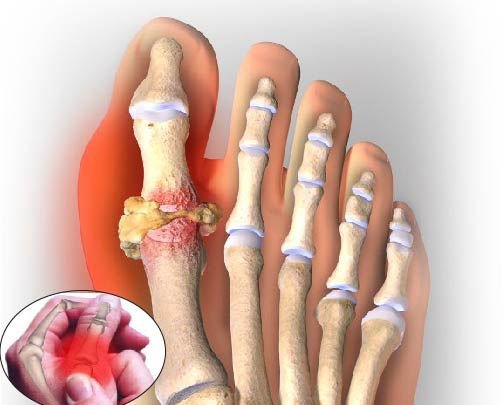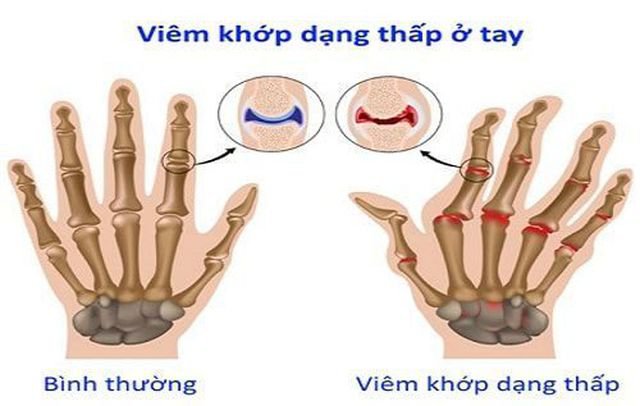Stone Man Syndrome (SMS)
This is an automatically translated article.
Stone Man Syndrome (SMS), also known as Fibrodysplasia ossificans progressiva (FOP), is a rare genetic disease that occurs before puberty and mostly causes the joints to stop working permanently. .
1. What is petrified man syndrome?
Petrified man syndrome is a rare genetic disorder characterized by abnormalities in connective tissue. In it, the fibrous tissues of the joints become stiff or spontaneously turn into bone or the tissue turns into permanent bone. Osteosarcoma tends to develop abnormally in the muscles, tendons, ligaments, and bony bridges that grow in the joints, causing the affected joints to severely limit movement or otherwise freeze the joints.
Joints that can be affected by petrifying syndrome include spine, chest, shoulders, elbows, wrists, hips, knees... Abnormal bone growth can lead to stiffness degeneration, restricting the movement of joints such as knees, wrists, shoulders, spine and neck. Over time, the disease became more and more severe, causing the joints to stop working, turning the body like a statue.
Joints that can be affected by petrifying syndrome include spine, chest, shoulders, elbows, wrists, hips, knees... Abnormal bone growth can lead to stiffness degeneration, restricting the movement of joints such as knees, wrists, shoulders, spine and neck. Over time, the disease became more and more severe, causing the joints to stop working, turning the body like a statue.
2. Characteristics of petrified people syndrome
Petrified man syndrome is a rare genetic disease. This is the first disease on the list of top 10 strange diseases mentioned, about 800 people in the world have been confirmed to have the disease. According to statistics, on average, 1 out of every 2 million people gets sick, or over 3,300 people get sick, but now only 700-800 cases have been examined and treated. This syndrome usually appears before puberty. The disease affects the entire body, first starting from head to toe, from front to back, then spreading to the whole body. Petrified man syndrome is the result of new mutations in the ACVR1 gene. A mutation in this gene that changes codon-206 from arginine to histidine causes petrified man syndrome. This is one of the strange, rare diseases, and scientists still do not fully understand the cause of the disease. Some believe that risks such as intramuscular injections, dental procedures, influenza viruses, falls... can cause petrified people syndrome.
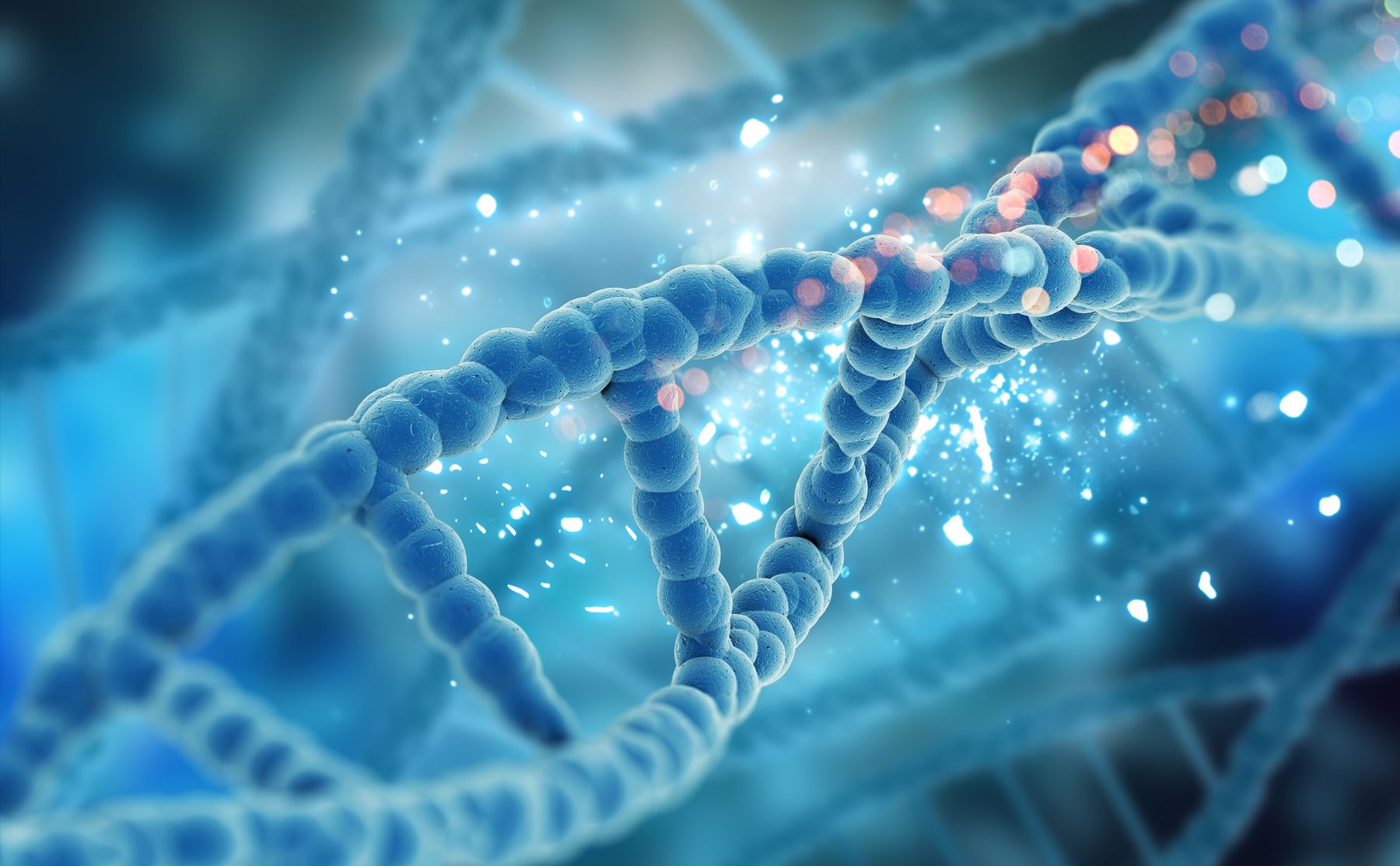
Hội chứng người hóa đá SMS (Stone Man Syndrome) mang tính di truyền hiếm
3. Initial symptoms of petrified man syndrome
Symptoms appear gradually increasing until all joints are stiff, loss of mobility.
Early signs are easy to recognize such as toe deformity, especially pay attention to short big toe, inward contraction, stiff spine reducing the ability to bend, flex, rotate. In addition, children with this syndrome often have defects in the elbow joints connecting the ribs to the spine, leading to limited chest development, thus restricting breathing, making the child unable to crawl and often have to drag. People. The disease then progresses gradually to appear soft lumps or tumors in the neck, back and shoulders. From then on, about eight weeks later, new bones were created from these organs. Accompanying symptoms such as mild fever, inflammation, swelling, discomfort, pain at the sites of new bone growth. As the disease progresses, by the age of 20 - 30 years, the patient gradually loses the ability to walk, even has difficulty moving, so he often has to lie down and rely on the help of relatives. In addition, up to half of people with petrified man syndrome are deaf, immobile and affect respiratory function, most of these patients have cardiovascular effects.
Early signs are easy to recognize such as toe deformity, especially pay attention to short big toe, inward contraction, stiff spine reducing the ability to bend, flex, rotate. In addition, children with this syndrome often have defects in the elbow joints connecting the ribs to the spine, leading to limited chest development, thus restricting breathing, making the child unable to crawl and often have to drag. People. The disease then progresses gradually to appear soft lumps or tumors in the neck, back and shoulders. From then on, about eight weeks later, new bones were created from these organs. Accompanying symptoms such as mild fever, inflammation, swelling, discomfort, pain at the sites of new bone growth. As the disease progresses, by the age of 20 - 30 years, the patient gradually loses the ability to walk, even has difficulty moving, so he often has to lie down and rely on the help of relatives. In addition, up to half of people with petrified man syndrome are deaf, immobile and affect respiratory function, most of these patients have cardiovascular effects.
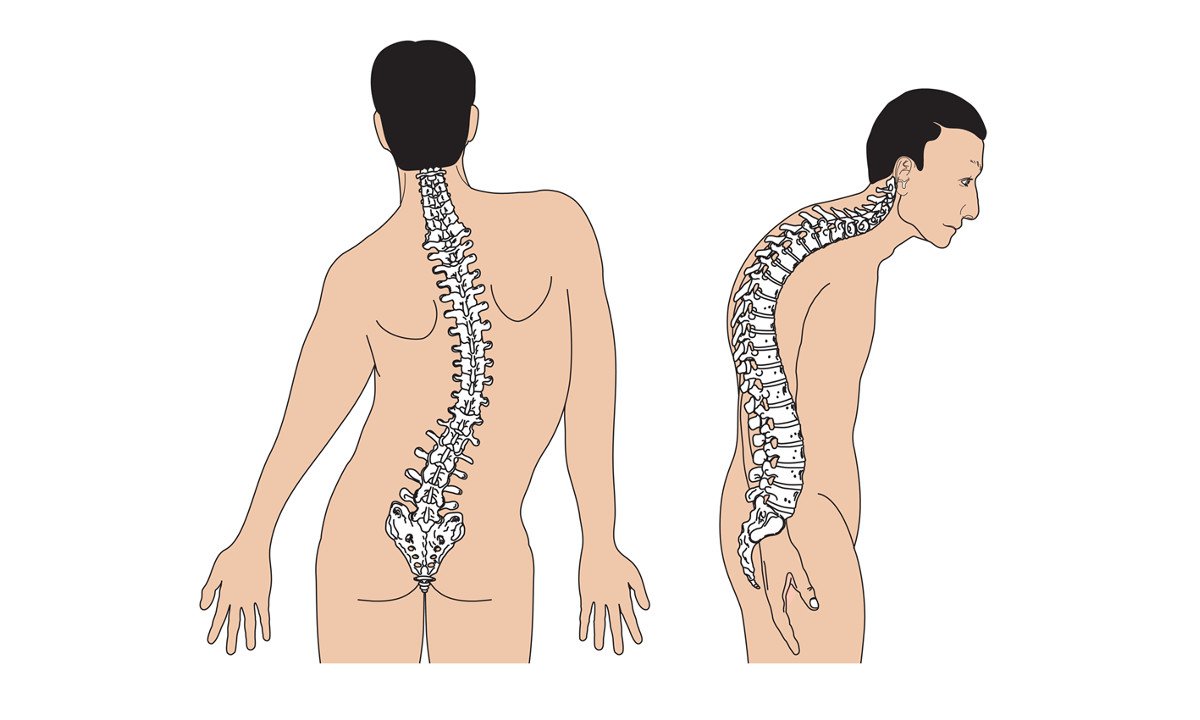
Hội chứng người hóa đá dẫn tới mất khả năng vận động
4. Treatment of petrified man syndrome
Up to now, there is no cure for petrified man syndrome. Some, more severe treatments such as osteotomy can lead to more new bone forming. Other treatments such as ACTH (adrenocorticotropic hormone), oral etidronate, and non-steroidal anti-inflammatory drugs have limited effectiveness and are still being researched.
Petrified man syndrome is a progressive disorder that gets worse over time but the progression of the disease is unpredictable. Researchers are on a number of new drugs that can help control bone growth. Hope it can be cured in the future.
Petrified man syndrome is a progressive disorder that gets worse over time but the progression of the disease is unpredictable. Researchers are on a number of new drugs that can help control bone growth. Hope it can be cured in the future.
Please dial HOTLINE for more information or register for an appointment HERE. Download MyVinmec app to make appointments faster and to manage your bookings easily.
This article is written for readers from Sài Gòn, Hà Nội, Hồ Chí Minh, Phú Quốc, Nha Trang, Hạ Long, Hải Phòng, Đà Nẵng.

